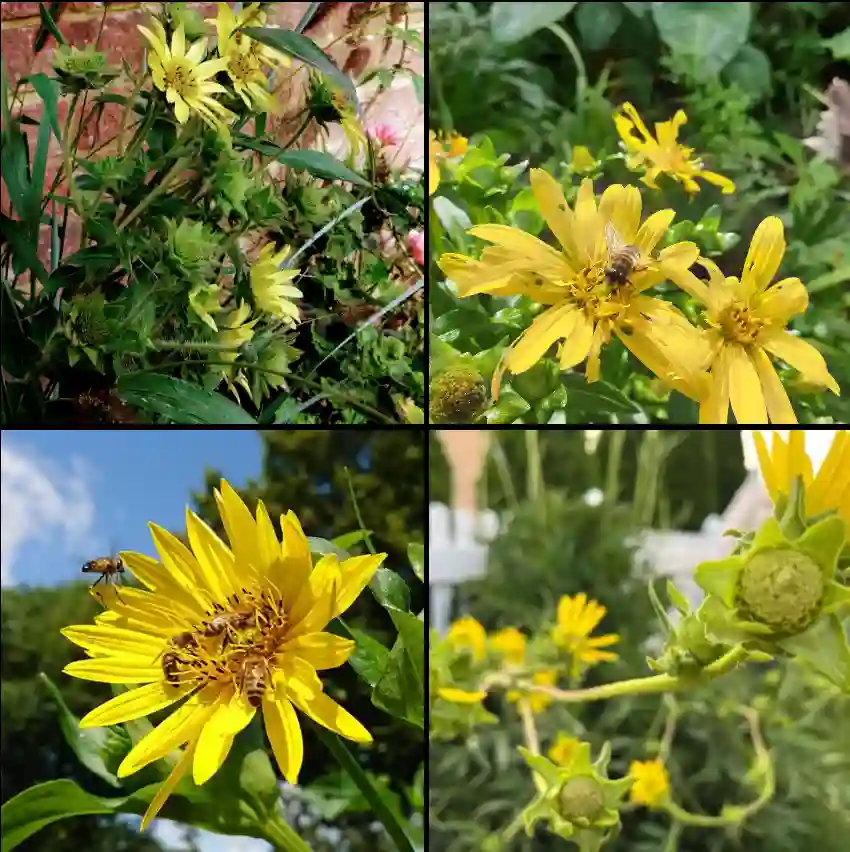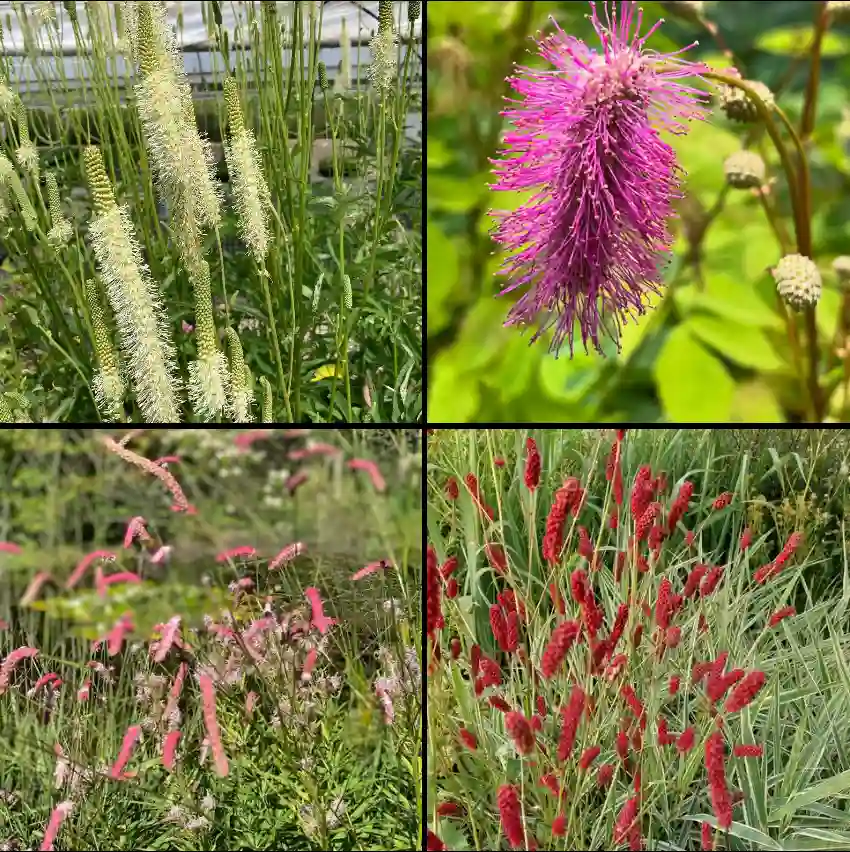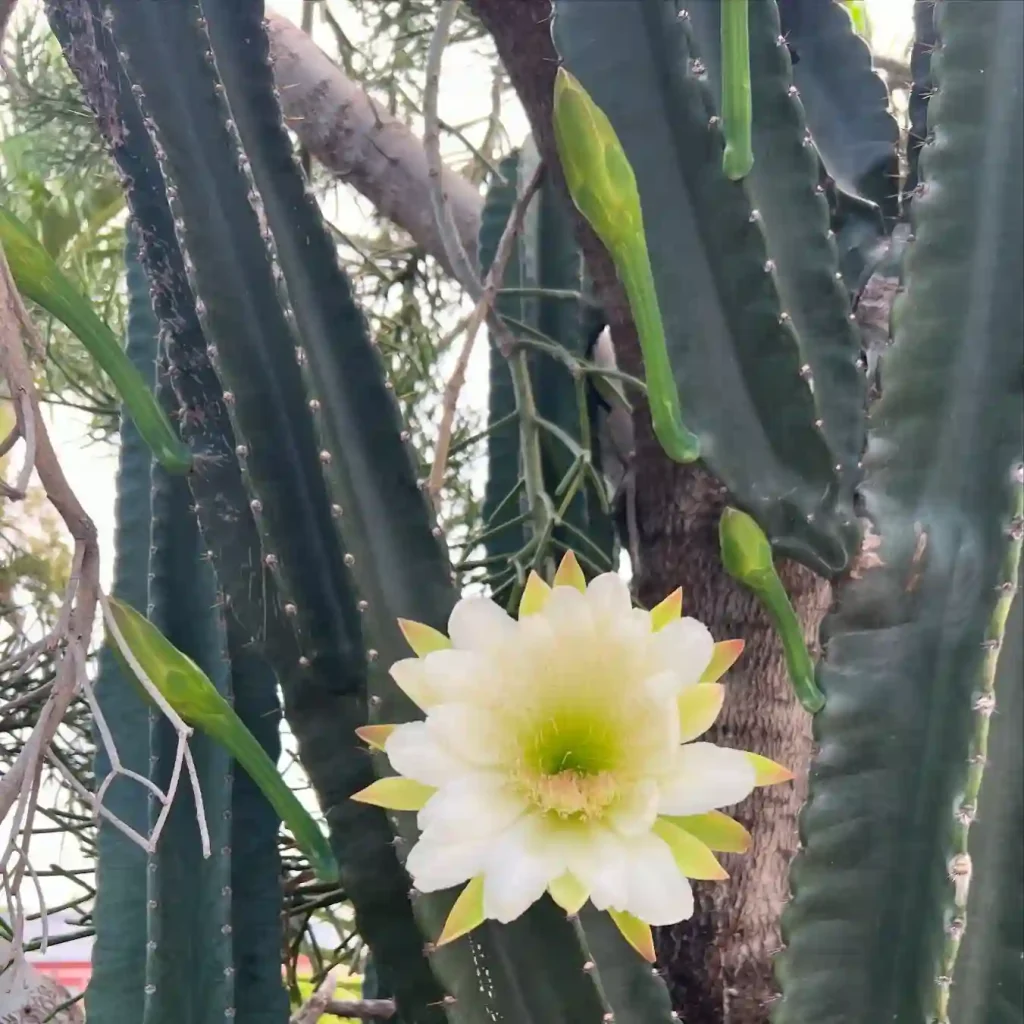Exploring the Fascinating Apodanthaceae Family
As a plant enthusiast, I’ve always been captivated by unique plant families. One such family that piqued my interest is Apodanthaceae. This family is quite rare and consists of two genera: Apodanthes and Pilostyles. Both genera are fascinating due to their peculiar lifestyles and adaptations. In this article, I will share my insights and experiences with these extraordinary plants, highlighting their characteristics, ecological significance, and some of their unique traits.
Overview of the Apodanthaceae Family
The Apodanthaceae family belongs to the order of parasitic flowering plants. What intrigues me about these plants is their parasitic nature. They are primarily found in tropical and subtropical regions, thriving in environments where they can establish symbiotic relationships with their host plants. This family is mainly composed of two genera: Apodanthes and Pilostyles. Each of these has unique characteristics that make them stand out in the botanical world.
Characteristics of Apodanthes
Apodanthes is known for its distinctive flowers and parasitic growth habits. I find the way these plants attach themselves to their hosts truly remarkable. They often invade the roots or stems of their host plants, deriving nutrients and water from them. This relationship is a brilliant adaptation for survival, especially in nutrient-poor environments.
The flowers of Apodanthes are generally small, but they pack a punch in terms of beauty. They often exhibit vibrant colors that can attract pollinators. I remember encountering an Apodanthes specimen during one of my nature hikes, and the bright yellow flowers against the green foliage were a sight to behold. These flowers, while small, play a crucial role in the reproductive cycle of the plant, ensuring its continuation in the ecosystem.
Pilostyles: The Other Half of the Family
Pilostyles, the other genus in the Apodanthaceae family, also exhibits fascinating traits. I’ve found that Pilostyles tends to have a more aggressive parasitic approach compared to Apodanthes. These plants often target the roots of their host plants, which can sometimes lead to the host’s decline if the parasitic relationship becomes too invasive.
One thing I particularly enjoy about Pilostyles is its unique flowering structure. The flowers tend to be more tubular and can vary significantly in color and size. This diversity allows them to adapt to different pollinators, making them more successful in various environments. During my explorations, I’ve observed that Pilostyles flowers often attract bees and other pollinators, contributing to the biodiversity of the ecosystem.
Ecological Importance of Apodanthaceae
The Apodanthaceae family plays a vital role in the ecosystems where they thrive. As parasitic plants, they help regulate the populations of their host plants, ensuring that no single species dominates an area. This regulation is crucial for maintaining biodiversity. I’ve witnessed firsthand how these plants contribute to the balance of their ecosystems, allowing various species to coexist.
Additionally, the flowers of Apodanthaceae serve as essential food sources for pollinators. The intricate relationships between these plants and their pollinators highlight the importance of every species in an ecosystem. Observing these interactions has deepened my appreciation for the delicate balance of nature.
Cultural Significance and Uses
Beyond their ecological roles, the Apodanthaceae family also has cultural significance in some regions. In certain cultures, these plants have been used for medicinal purposes. For instance, I’ve read about how some indigenous tribes utilize parts of these plants for traditional remedies. However, it’s essential to approach this knowledge with respect and caution, as these practices are deeply rooted in cultural heritage.
In terms of cultivation, I’ve found that growing Apodanthaceae plants can be challenging. Their parasitic nature means they require specific host plants to thrive. This makes them less common in home gardens. However, I believe that introducing these unique plants into botanical gardens can educate the public about their significance and the importance of biodiversity.
Conservation and Future Prospects
As with many plant families, the Apodanthaceae family faces threats from habitat destruction and climate change. I’ve noticed that preserving these unique species is essential not only for their survival but also for the health of the ecosystems they inhabit. Conservation efforts must focus on protecting their habitats and raising awareness about their ecological roles.
In my opinion, the future of Apodanthaceae lies in education and conservation. By sharing my experiences and knowledge, I hope to inspire others to appreciate these unique plants. Whether through gardening, research, or conservation efforts, there are numerous ways to contribute to the survival of the Apodanthaceae family.
Conclusion
The Apodanthaceae family, with its fascinating genera Apodanthes and Pilostyles, represents a unique aspect of plant life that I find incredibly intriguing. Their parasitic nature, ecological importance, and cultural significance make them worthy of exploration and study. As I continue my journey through the world of plants, I remain committed to learning more about these extraordinary members of the botanical kingdom. I encourage fellow plant enthusiasts to delve into the world of Apodanthaceae and discover the wonders of these unique plants for themselves.
If i die, water my plants!



